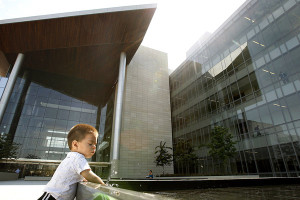Stat Report Getting Very Cautious Reception
Caseload Report Out, Will Have Budget Implications
Long Beach Courts Move To New Public-Private Built Building
Check out the story here.
Litigation Rush Brings Another Firm To L.A.
For anyone waiting more than a year for fairly basic civil litigation to find a day in court, we can welcome DOAR to the waiting room. Find their press release here.
Already? For 2014 Courts Face A Zinger
Court: Landlords Have Right To Weekend Access
Not everyone will agree with that “normal business hours” decision, and a law professor from San Diego blogged about how much power it could give a less-than-perfect landlord. Shaun Martin wrote: “Imagine that you have a tenant you don’t like. She’s got rent control. She’s got kids. She requires you to actually do repairs. Whatever. She’s a huge pest. Here’s an easy solution for you: Put the place up for sale. Set the price at 20% or so above market. If you get a sale, great. Huge profit. That almost certainly will not happen. But like you care. You hold open house after open house. Two weekends a month. Like here. If it takes a year, so be it. No skin off your back. Not like you’ve got to do anything. You’re not even there.”
Read details of the case in the Met-News here.
And see Prof. Martin’s blog here.
